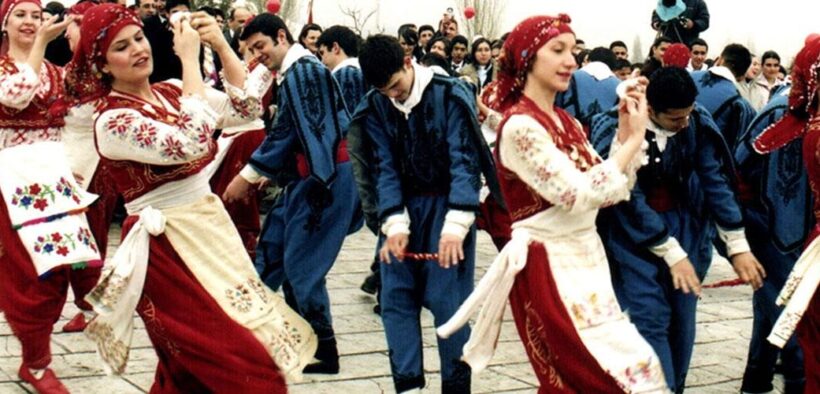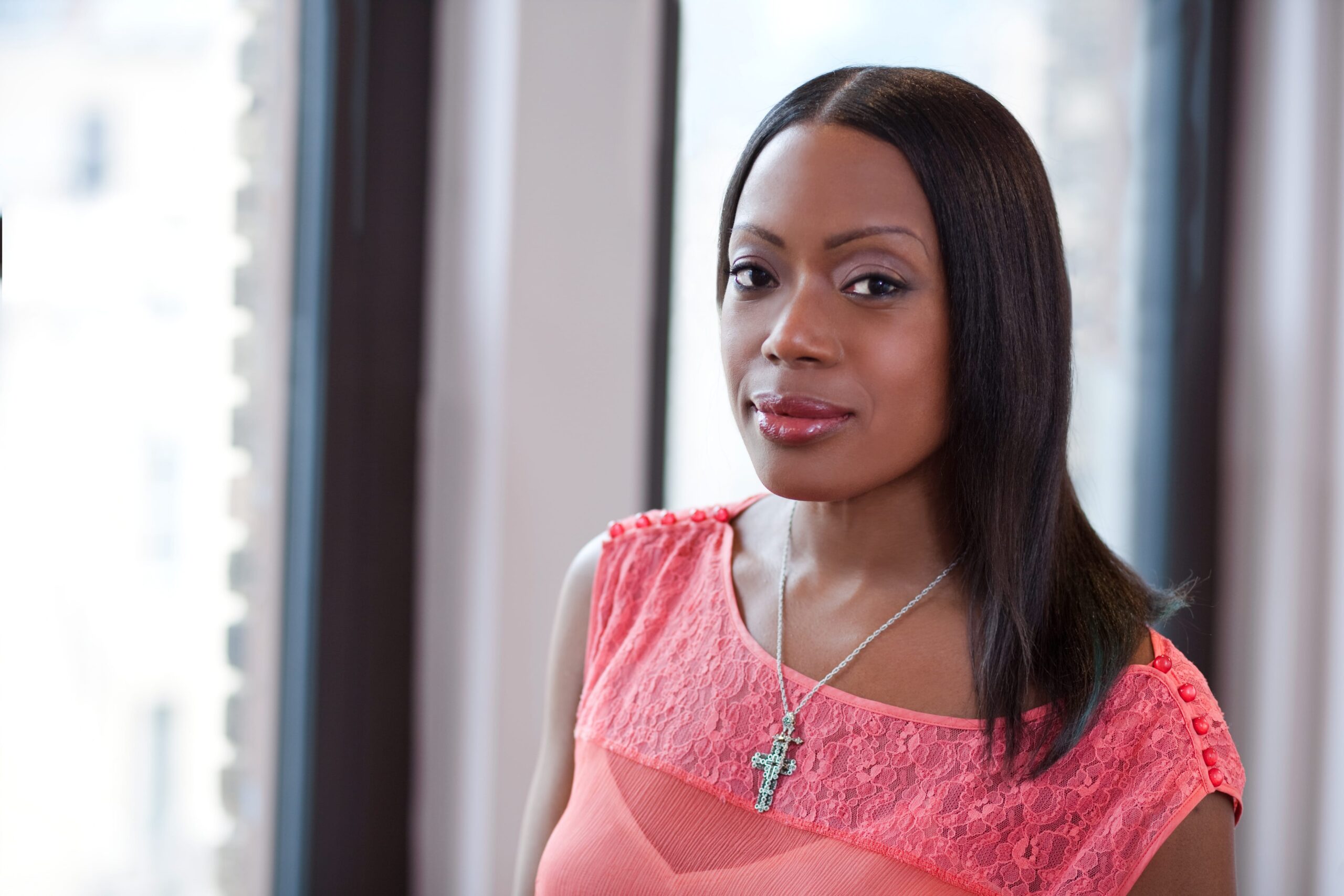What to Know About Nowruz, an Ancient Festival Celebrated for 3000 years
Share

Nowruz, meaning “new day” in Persian, spans 13 days of vibrant rituals. Millions around the globe are embarking on their annual celebration of renewal and connection with nature, marking the commencement of what is considered their paramount cultural festivity of the year.
From Afghanistan to Turkey, and among their diaspora worldwide, this joyous occasion unites communities.
The enthusiasm for Nowruz was recently highlighted through Google Doodle, gracing the screens of more than a dozen nations, including Afghanistan, India, Pakistan, the United Kingdom, and the United States. (Note: Access to Google is limited in Iran.)
Crafted by Iranian artist and Google Design Director Pendar Yousefi, the colourful doodle, featuring animals making music, was inspired by his cherished childhood memories of Nowruz.
Here’s a brief overview of Nowruz:
When is Nowruz?
The festival heralds the arrival of spring, precisely aligning with the vernal equinox—when the sun equally shines over the Northern and Southern hemispheres.
Its commencement varies across time zones; this year, it occurs at 26 seconds past 6.36 a.m., March 20, in Tehran, Iran (11:06 p.m., March 19, EDT).
In India, Nowruz is celebrated on two dates, March 20 and August 15, according to different calendars.
Recognizing its significance, the United Nations designated March 21, the usual vernal equinox, as the International Day of Nowruz in 2010.
The precise origins remain obscure, with many tracing it back around 3,000 years to Zoroastrianism, one of the oldest monotheistic religions. Ancient texts hint at Nowruz celebrations in Persepolis, the ceremonial capital of the Achaemenid Empire (550–330 BC).
Myths surrounding Nowruz often center on legendary figures like Jamshid, a Persian king, whose exploits symbolize the triumph of good over evil and the advent of prosperity.

How is the Festival Celebrated Today?
Preparations for Nowruz typically entail weeks of spring cleaning. Families gather for communal meals and gift exchanges during the festival.
Celebrations vary by country: Afghans enjoy haft mewa, a dessert, and the traditional sport of buzkashi; Azerbaijanis observe rituals on four preceding Tuesdays; Iranians set up haft-seen tables, laden with symbolic items, culminating in the release of Sabze sprouts into flowing water on the final day.
In Iran, economic hardships have led to more austere Nowruz observances. Additionally, political tensions have transformed public dances into acts of defiance.
Concerns about climate change threaten the essence of Nowruz, a celebration deeply rooted in nature’s harmony and appreciation.
Yet, despite contemporary challenges, Nowruz’s global recognition has surged. In 2009, UNESCO acknowledged the festival as an intangible cultural heritage of humanity, underscoring its role in fostering resilient and sustainable societies amidst prevailing adversities.




















